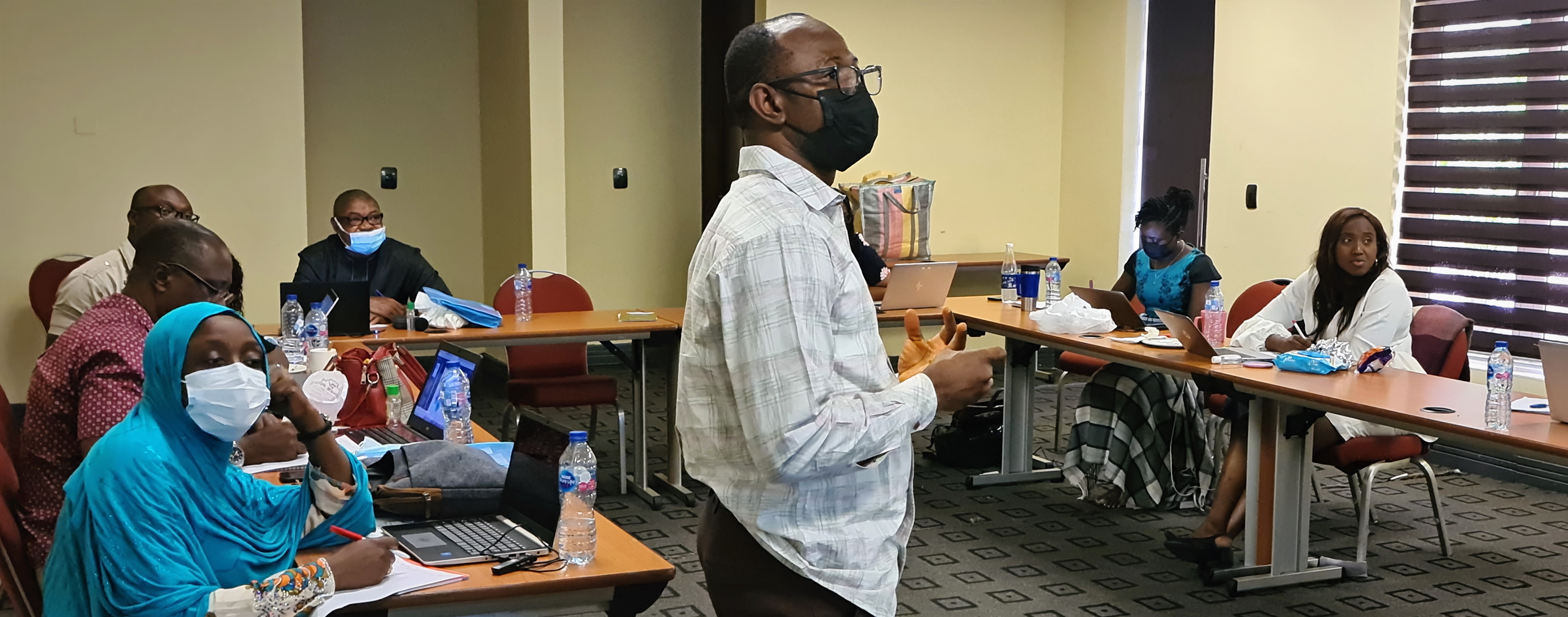Following the QAT training, GHSC-PSM provided technical assistance to a FP quantification exercise for the Government of Nigeria on November 4-5 to determine the commodity and funding requirement for 2022. The two-day meeting was attended both onsite and online by 23 representatives from USAID, GHSC-PSM, the Federal Ministry of Health, the State Ministry of Health, UNFPA, Clinton Health Access Initiative, and other implementing partners. The activity included assumption building and forecast generation using demographic and consumption data. Using these indices, the participants quantified the national FP commodities need for the next five years (2022-2026). They also identified funding gaps for the procurement of the quantified commodities. A key outcome of this meeting is that the FHD would be submitting a memo to the Minister of Health to FP commodities for 2022.
This year’s quantification will mark the beginning of a more inclusive and robust country FP commodity quantification as it had in attendance representatives of the Logistics Management Coordination Units and FP program from Lagos and Sokoto States. The session was facilitated by the Sokoto State Logistics Management Coordination Unit Coordinator who had been previously been trained by the project. He built the capacity of the Lagos state team to use Microsoft Excel-based supply planning tool. It is anticipated that this will lead to state-led FP commodity quantification and procurement to bridge identified funding gaps for FP procurement. In addition, GHSC-PSM and UNFPA will collaborate with the contraceptives sub-committee to develop a standard operating procedure for state-level quantification of FP commodities.
